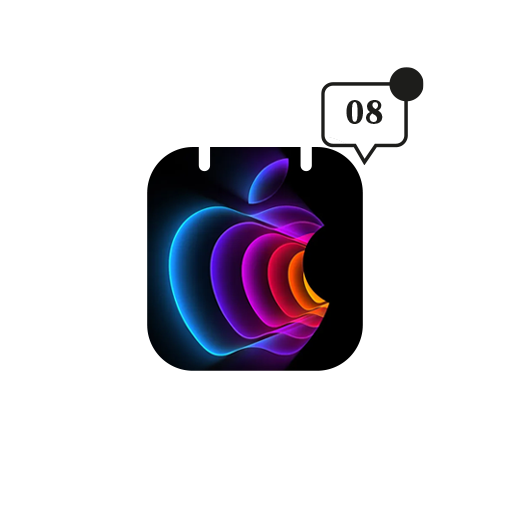If you’re like me, you must be eagerly waiting to upgrade your Mac OS to its latest instalment – OS X 10.11 El Capitan. Like the three versions before, it is available for direct download from the Mac App Store. And like the two versions before it, the latest upgrade is also free!
Now the process to upgrade is really simple. You merely need to download and install the file, just like you would install an app on your smartphone. But while the process might seem simple, it does have it’s own scary moments. After all, you are deleting your entire OS and writing a new version on top of it. So it is only natural to wonder if you can do it on your own without any hiccups?
The answer is YES, provided you take a few precautions. That’s where we come in. Here are a few things you need to take care of before you make that giant leap.
Check for compatibility
Make sure that the version of Macbook/iMac you are using is compatible with El Capitan. Apple has said that OS X 10.11 will be able to run on the following products:
- iMac (Mid-2007 or later)
- MacBook (13-inch Aluminum, Late 2008)
(13-inch, Early 2009 or later) - MacBook Pro (13-inch, Mid-2009 or later)
(15-inch, Mid/Late 2007 or later)
(17-inch, Late 2007 or later) - MacBook Air (Late 2008 or later)
- Mac Mini (Early 2009 or later)
- Mac Pro (Early 2008 or later)
Back up your System
Your data is your most prized possession. DO NOT take chances with it. Although the probability of the upgrade going wrong and messing with your data is really low, it’s still reason enough for you to be cautious.
Free-up your hard drive
Apple says El Capitan needs at least 15 GB of free space. But ideally, anywhere between 25-30% of your hard disk should empty. Keep only the essential files and documents on your system; remove everything else (especially movies and photos) to your external hard drive.
Boost your internet speed
El Capitan is going to be over 6 GB in space. So you better buy booster packs for your internet if it already isn’t high speed broadband. Apple recommends minimum 1 mbps speeds. We say 2 – 4 is better.
Update your current OS
Update your existing OS to its latest version. There are a lot of technical/system updates available to make your transition to the new OS smoother. So make sure that the latest service packs are installed and ready to go.
Verify/Repair your hard disk
Disk Utility is an excellent app for checking the health of your hard disk. Open Disk Utility (in Applications/Utilities), select your startup drive from the list on the left, click the First Aid tab to the right, and then click ‘Verify’.
If Disk Utility finds any problems, you’ll need to boot from a different volume to perform the actual repairs using the ‘Repair Disk’ button. It just sounds complicated but it’s actually pretty easy. Just boot into recovery mode (by holding down Command+R at startup) and use Disk Utility from there to perform the recommended repairs.
Our more technically advanced readers can take it a step further. Read this detailed guide to troubleshooting your Mac.
Set up iCloud
If you haven’t already signed up for iCloud, do it NOW. With every release, Apple is moving closer to a completely cloud based ecosystem. A lot of its software tweaks is for a more functional iCloud service. So to make the best of the Apple ecosystem, it’s mandatory that you sign up for iCloud.
Juice up your battery
Apple highly recommends that the entire upgrade process be done while connected to an external power source. And given the unpredictable nature of power in India, we highly recommend that you have a fully juiced up battery. Just in case the power fails, you’ll have ample battery to get your task done.
There you go. All that you needed to take care of before upgrading your Mac has been covered. We hope the transition for you will be an uneventful one, without any hiccups or glitches or mishaps. Bonne chance!




